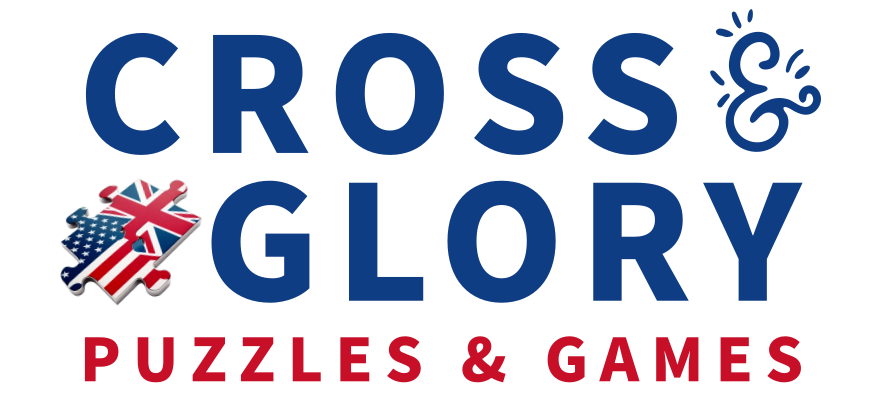
Precision of the cut: A puzzle with pieces that are cut with precision will fit together more seamlessly, resulting in a more enjoyable and satisfying solving experience.
Quality of the image: A clear, crisp image that is printed on good quality paper or cardboard can make for a more enjoyable puzzle-solving experience.

Ease of storage: A puzzle that comes with a storage solution, such as a sturdy box with a lid, can make it easier to keep the puzzle pieces organized and protected when not in use.
Age-appropriateness: It is important to choose a puzzle that is suitable for the age and skill level of the person solving it. Puzzles with too few or too many pieces, or with images that are too complex or too simple, can be frustrating or boring for the solver.

